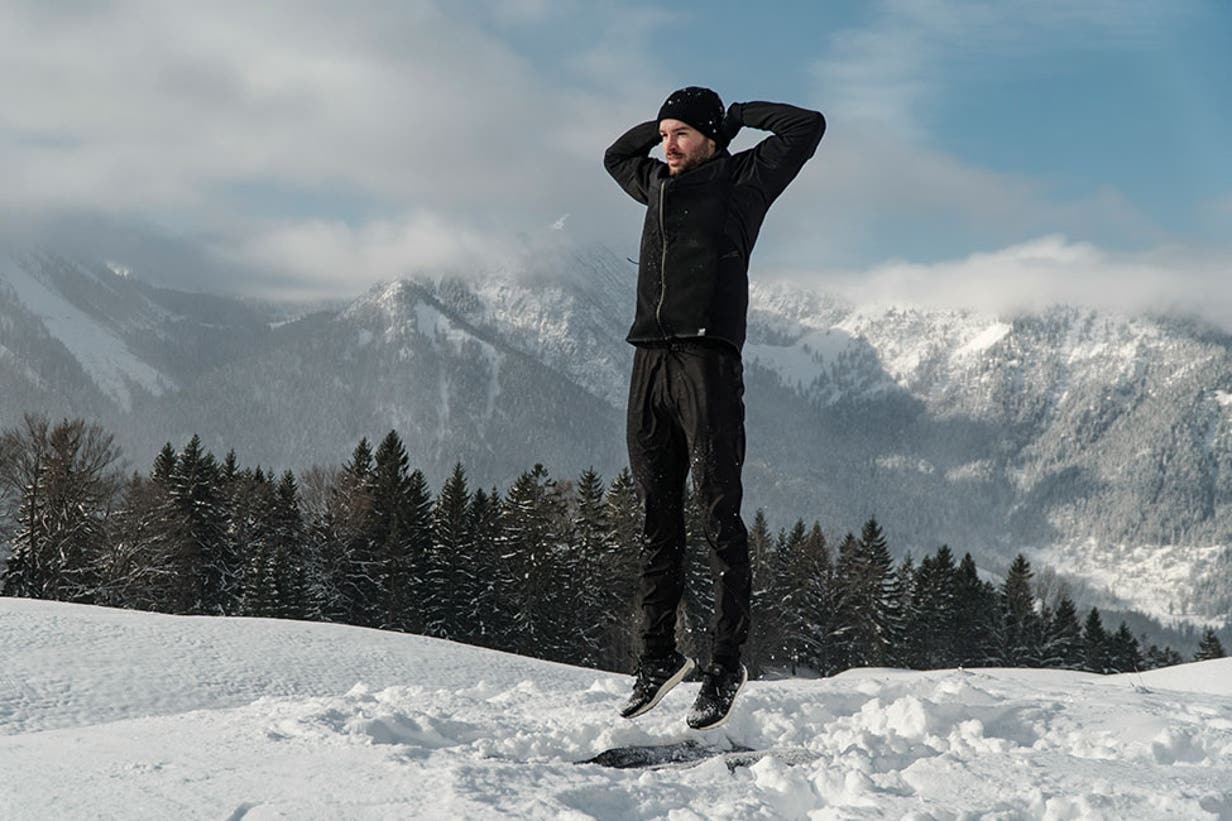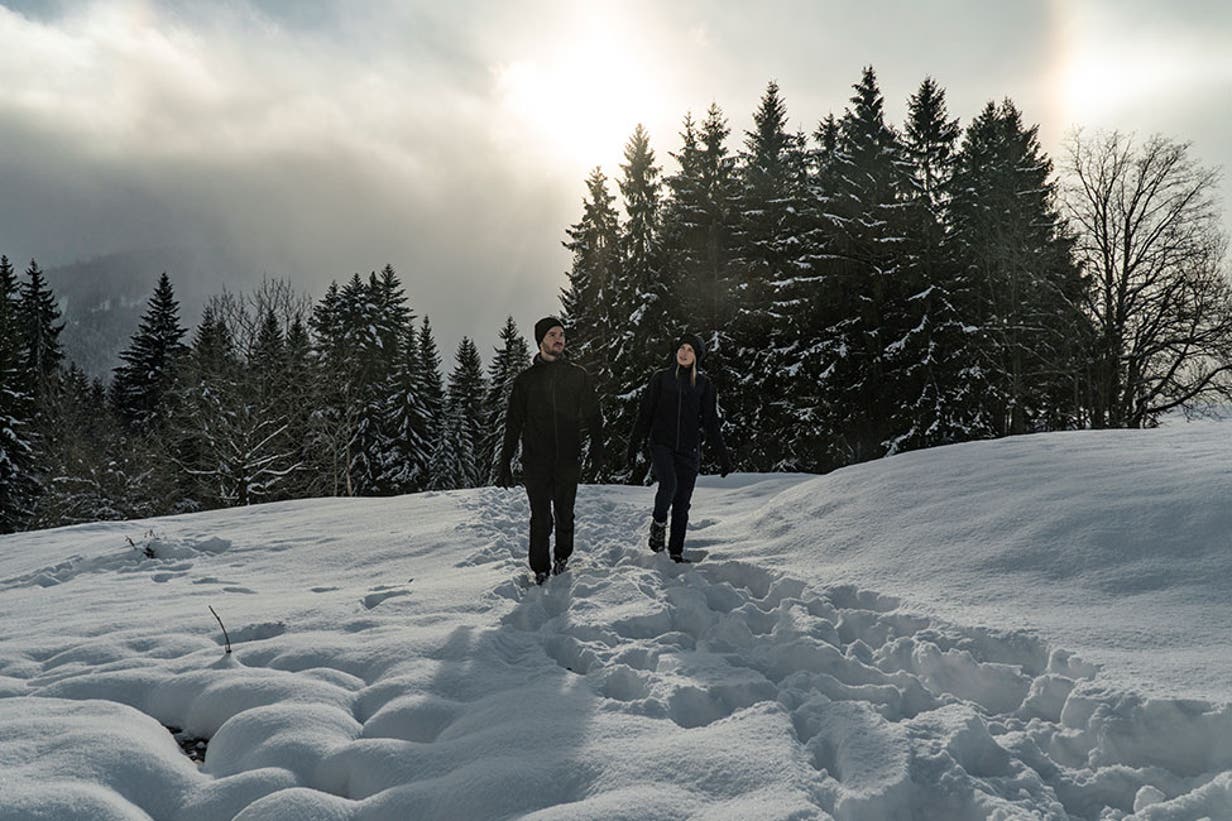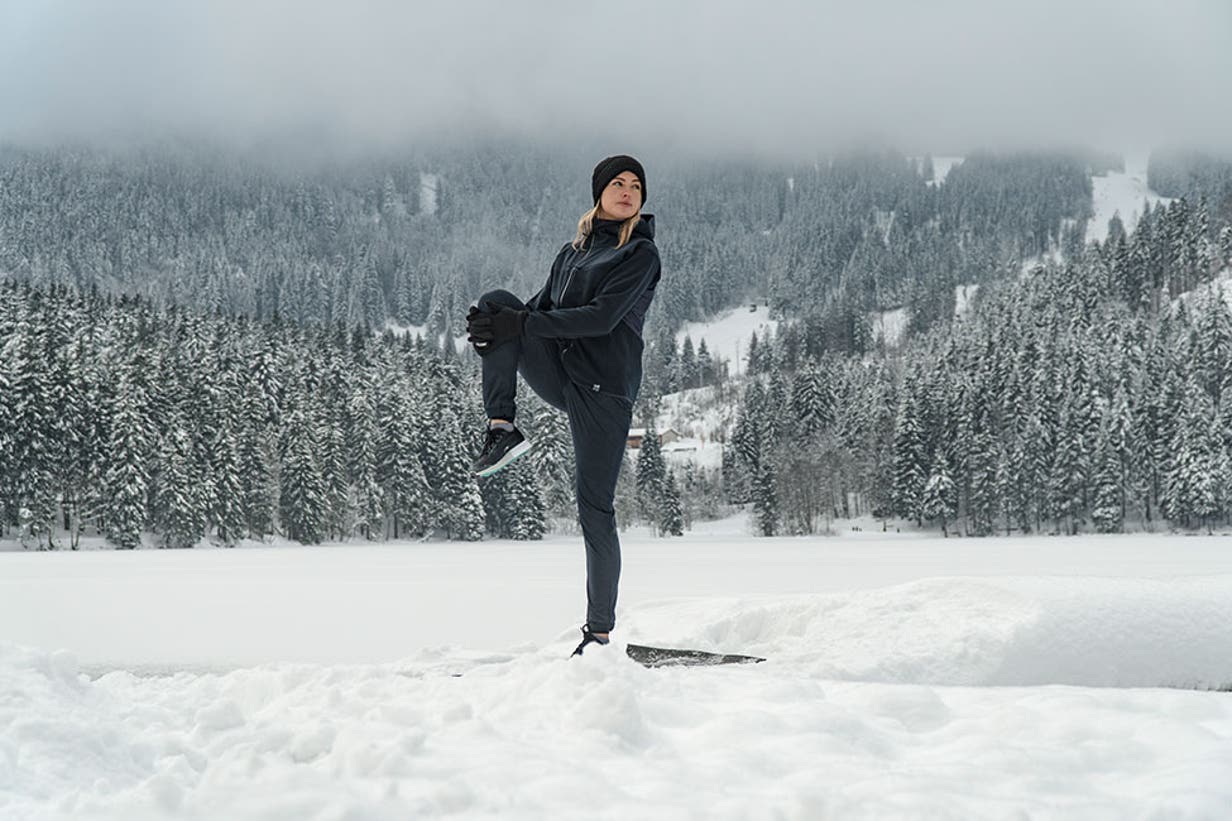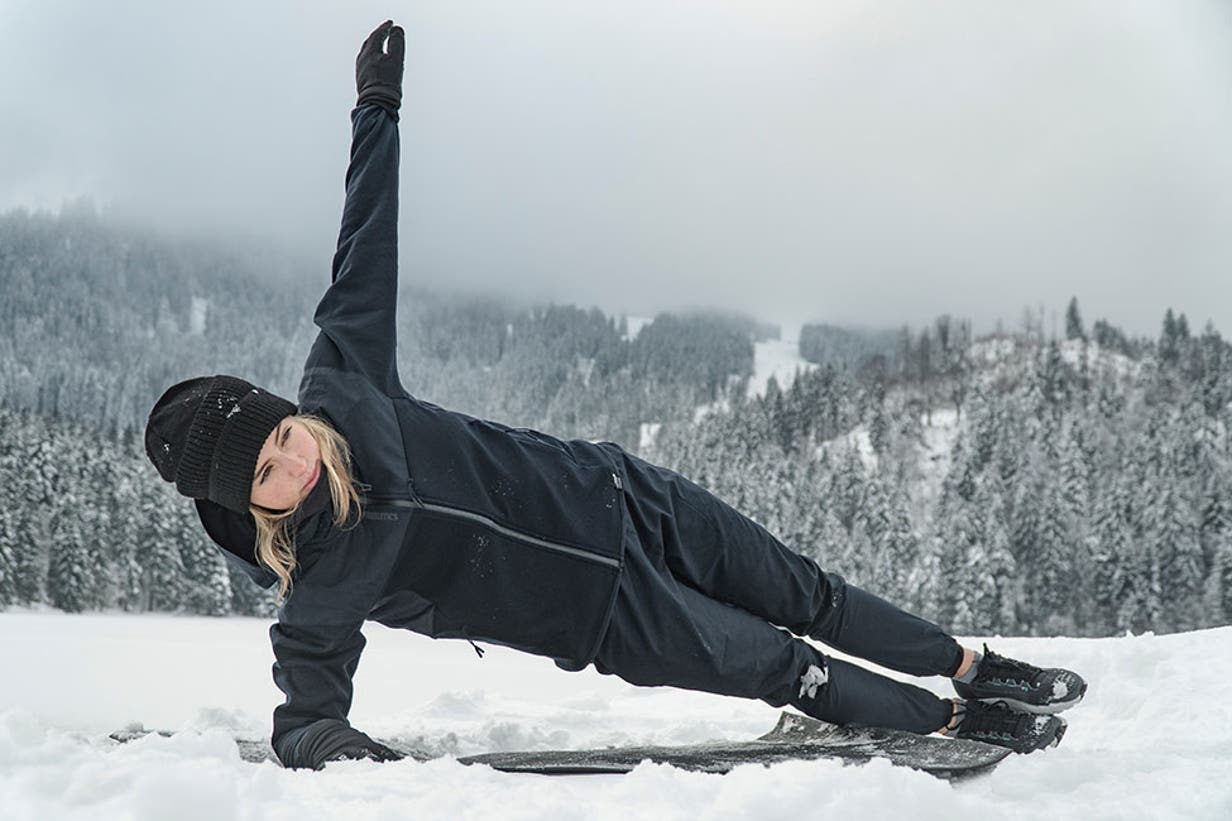Mountain sports are extreme – extremely rewarding, extremely adventurous, extremely athletic. But this does not mean they are restricted to extreme athletes. If you want to become a thrill-seeking adventurer who spends their time outdoors, up-high, racing sunrises and watching sunsets, it’s all about choosing your outdoor sport and physically preparing your body for what’s to come. Ready to awaken your inner adventurer? Here’s how to train for the great outdoors:
Hiking & mountaineering
Mountaineering and hiking include cyclic movements (single repeated movements). Although you are likely to stay in the aerobic zone (the energy path which uses oxygen and is used for longer duration activities), speed and altitude can make hiking an exhausting experience and one that should not be underestimated. Prepare by training the following:
Calves: When you walk uphill, your calf muscles are extended. The steeper it is, the more they are stretched, which can result in a nasty burning feeling every time your foot hits the ground. That’s why it’s important you train this muscle group thoroughly with leg exercises that focus on jumping and endurance, such as squats, lunges, split lunges, side lunges or cossacks squats. Of course not forgetting the obvious, calf-raises.

Core and arms: But it’s not all about the legs: In mountaineering a strong and well trained torso – including the shoulders and arms – is required. Your core keeps you upright for any unpredictable movements, for example a sudden gust of wind which could cause you to fall. Here, planks are always your best bet. It’s great to have a mixture of static and dynamic planks like high plank shoulder taps or low plank twists. Strong arms also serve a much more important role than you think, acting as your tool to grab, push and pull or even scramble that extra mile to the summit. Regular training with exercises like pullups, pushups and incline rows are a great way to strengthen the biceps and triceps as well as your back. And exercises like deadlifts in the Freeletics Gym app, can be used to improve grip strength and train wrist flexors.

Aerobic endurance: Hiking involves your body constantly moving for a long period of time. It’s therefore crucial that you train your aerobic endurance by running or rowing with a lower to medium intensity for about 90 – 120 minutes. This gets your body used to the intensity and the feeling of constantly being on the move for hours at a time.
Snowboarding and skiing
Snowboarding and skiing are considered acyclic movements. Here, rather than movements being regularly repeated, it’s all about short and powerful bursts of energy and strength as well as a high degree of mental concentration. What you need to work on:

Balance: Snowboarders will say it’s easier for skiers, skiers will say it’s easier for snowboarders – we say it’s equally super important for both. Balance is key for these mountain sports and can be trained by performing certain exercises on unstable objects – for example, pushups with your hands and feet on medicine balls. Or exercises that require you to stand on one leg, like pistol squats.
Concentration and reaction times: An experienced skier/snowboarder always thinks one step ahead of several turns and usually performs the movements subconsciously. This “planning” can be observed in the preparation phase at ski races, when the athletes already go through their upcoming ride with the eye closed. At the end of a long day of skiing you will recognise that you’re not only physically exhausted, but also mentally since you’ve been fully concentrated to avoid falls or collisions on crowded slopes.

Leg and torso strength: Similar to mountaineering and hiking, strength in the core and legs is crucial for skiers and snowboarders. Use the exercises mentioned above as well as leg-focused strength intervals with added weight in the Freeletics Gym app. Sprint interval workouts with Freeletics Running are also a great way to activate fast-twitch muscle fibres. Same goes for the torso: when it comes to slaloming down a mountain, much of this twisting movement comes from the core. That’s why especially dynamic planks, such as plank twists, are extremely effective as they include this twisting movement.
Good to know
If you need to, take a break and give your body the recovery it needs. It’s also a chance to sit and appreciate the scenery and beauty of the outdoors. Don’t forget to pack an extra shirt in your bag in case yours gets wet on the way up. This will prevent you from getting sick and cold.
